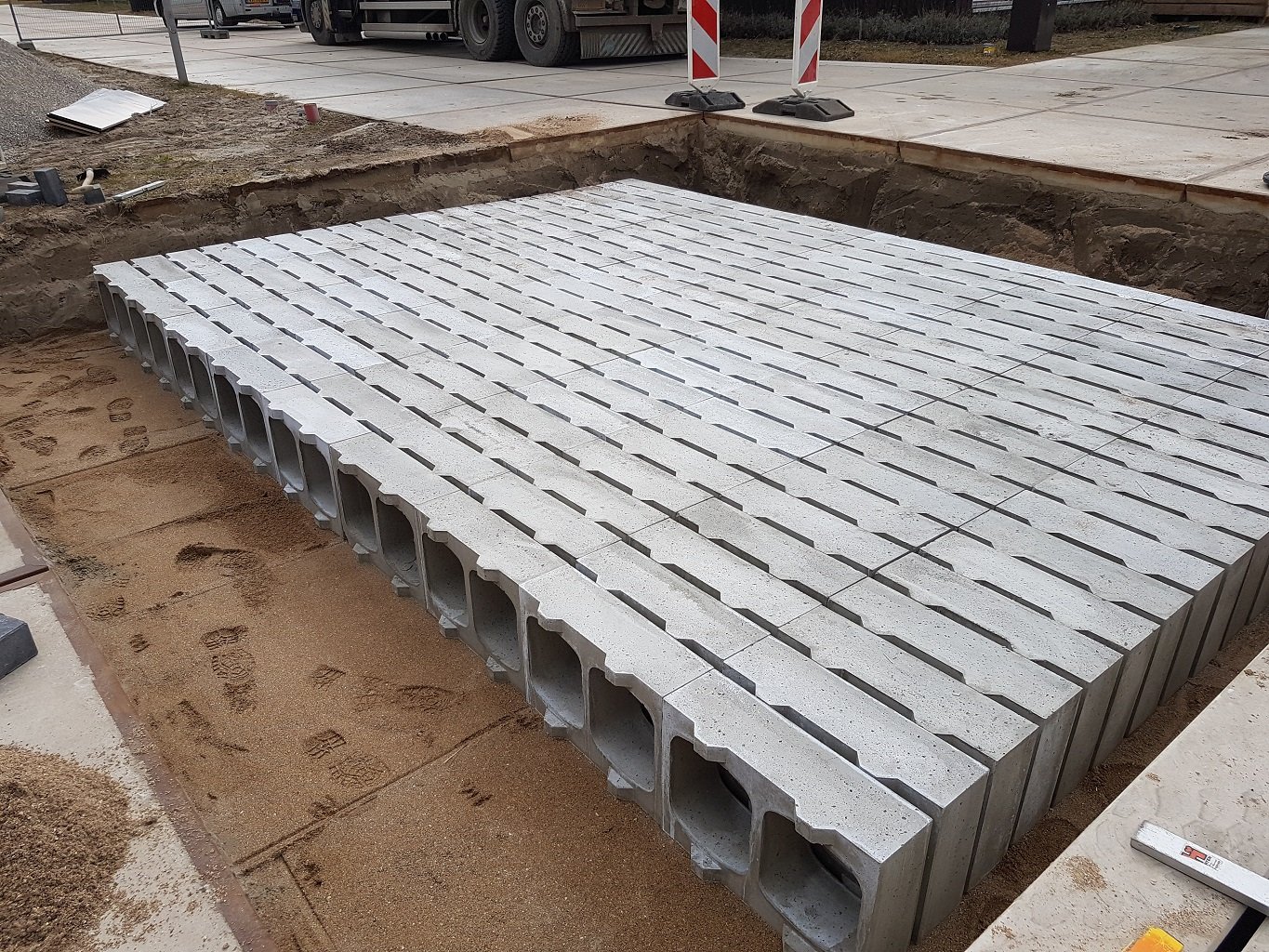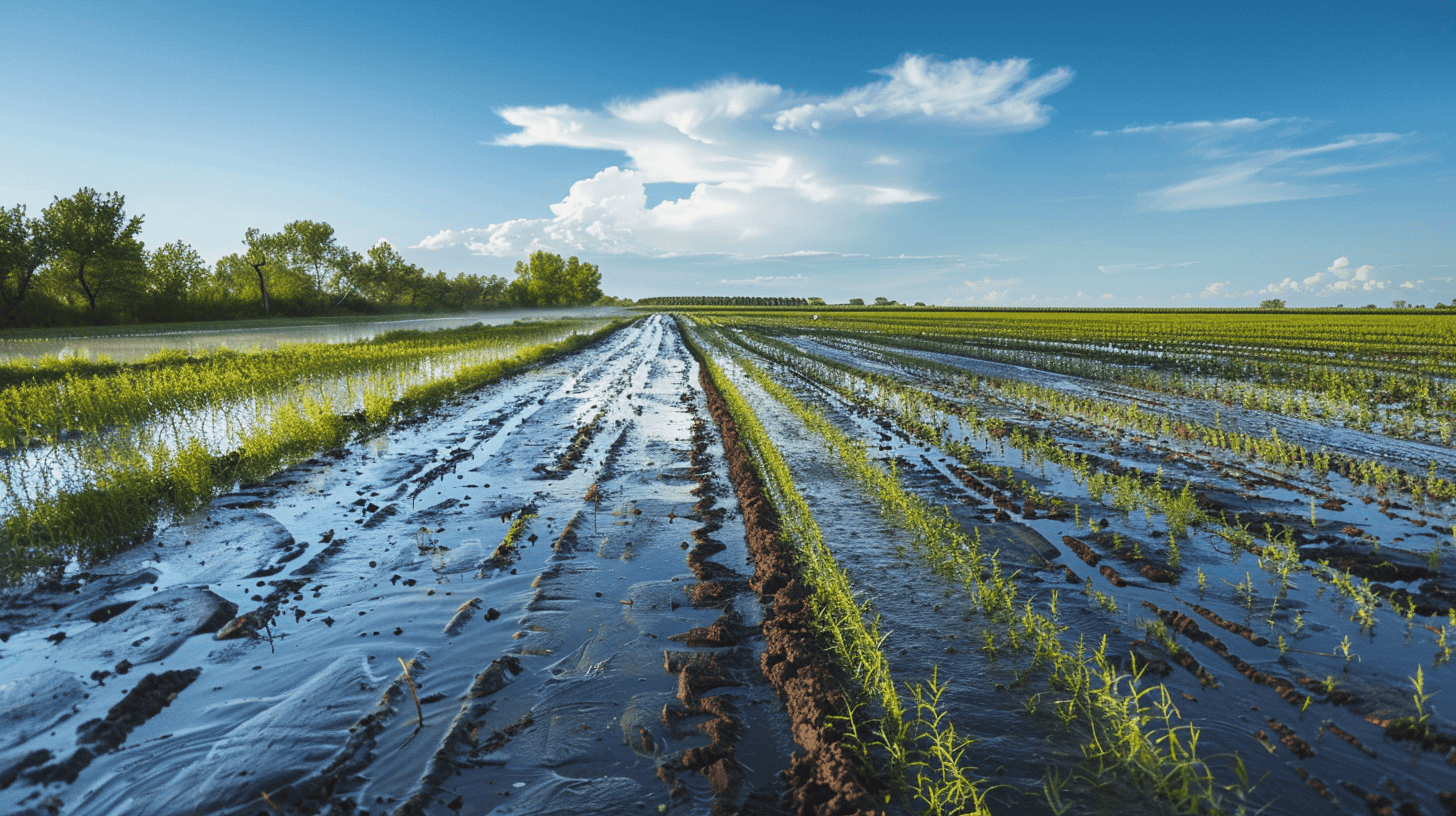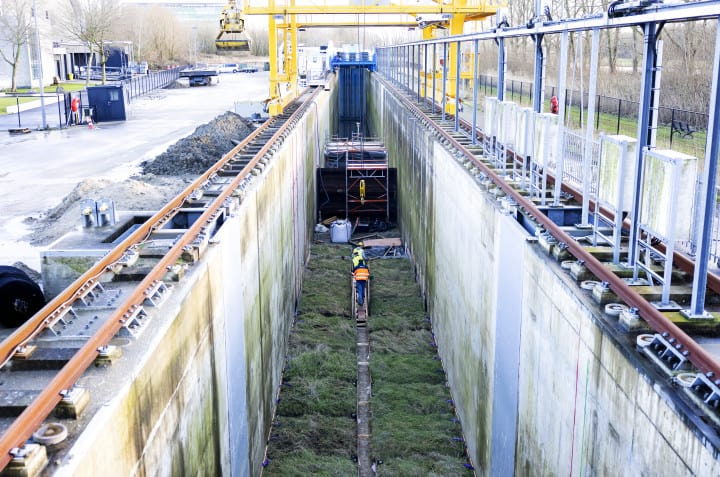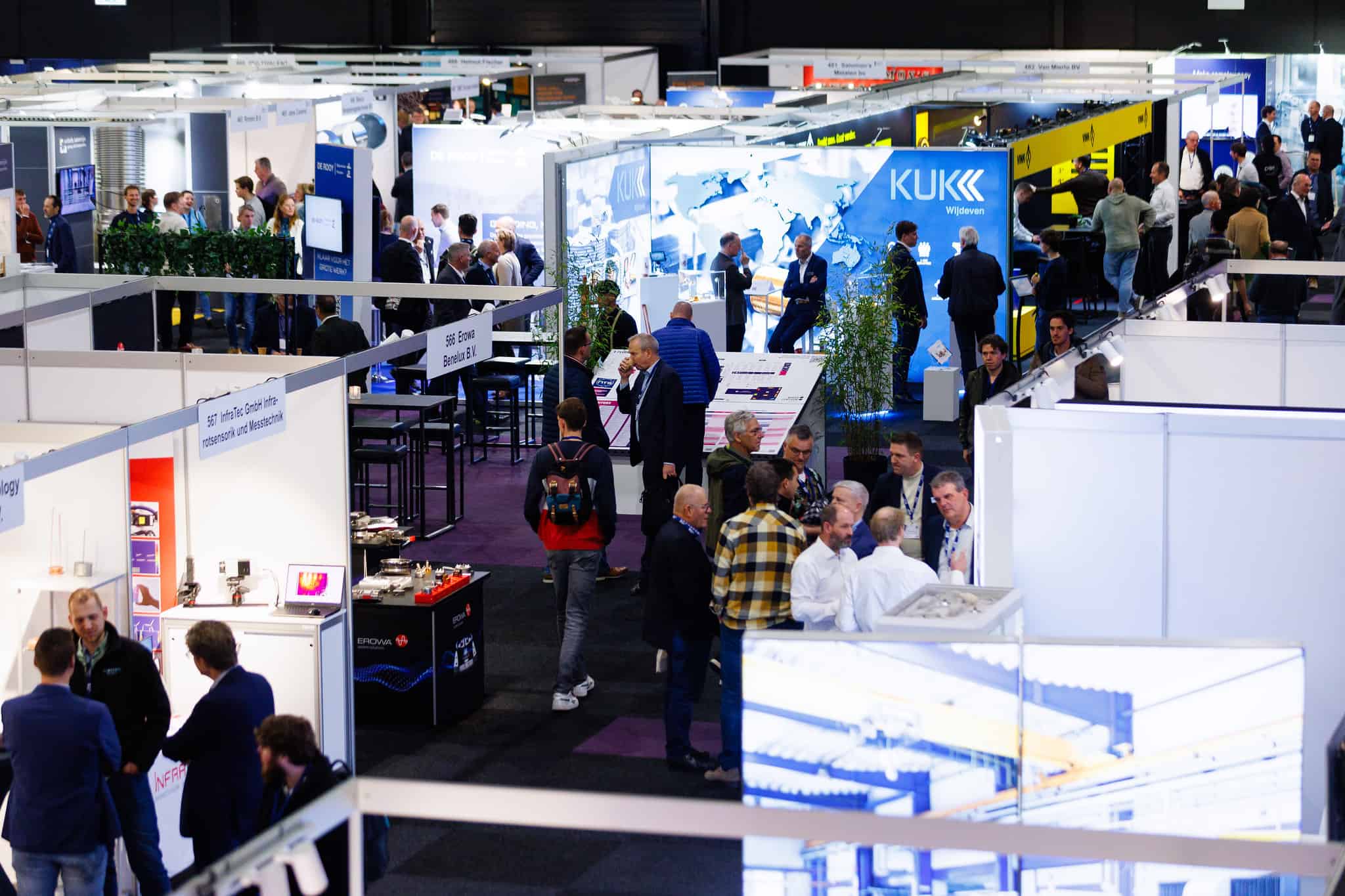
Bufferblock from Rotterdam thinks it has the solution for water problems, especially in areas with high levels of groundwater. Concrete elements just below street level can buffer large volumes of water, allowing it to infiltrate while simultaneously coping with high volumes.
Director Dorian Hill explains the activities of start-up Bufferblock.
What was the motivation to found Bufferblock?
Our other company, Hillblock, is mainly focused on preventing flooding by means of an innovative dike stone. While we were at a trade fair in England for that product, we noticed a shift in interest towards water problems caused by rain showers. Innovation is in our blood, so we set out to figure out a solution.
What activities are you engaged in?
Bufferblock offers a solution to absorb heavy peak showers, allowing water to infiltrate high into the subsurface in urban areas. The system is based on separate elements that can easily be arranged in all kinds of configurations. Together with engineering offices and municipalities we search for the best and most efficient way to store the excess rainwater, allowing it to infiltrate or drain into surface water, sewage or water purification facilities where necessary.
The special thing about Bufferblock is that it can store enormous amounts of water just below street level. To be more precise: the rainwater enters via a permeable road pavement or via street gullies into the hollow spaces of the Bufferblocks. The water then infiltrates farther into the ground or is drained away. The Bufferblocks have a water storage capacity of 266 to 532 liters per square meter and can handle large volumes.
What distinguishes Bufferblock from its competitors?
You already have clinkers or leveling paving as a solution for excess water, but that only helps a little and also causes pollution. The disadvantage of infiltration crates is that they have to be laid deep in the ground. At high groundwater levels in the west of the country, for example, they are quickly flooded.
In contrast to plastic crates, Bufferblocks can handle large amounts of water with a high load-bearing capacity directly below street level. The blocks can also be used as lightweight filler material. In areas sensitive to settlement, the Bufferblocks also make it possible to elevate an area and store large volumes of water. In addition, the blocks can be easily cleaned just like the regular sewer system.
All in all, they require a shallower construction, provide a higher buffer capacity and simultaneously save costs.

What has the reaction been?
The reaction has been positive, especially when we show the test results from the Waterstraat. The concept is equally clear when we call our product “concrete infiltration crates.” It also appeals to municipalities that Bufferblocks use the same method of maintenance and inspection as is used for sewer systems since they already have a lot of experience with that.
What has been an obstacle to you so far as a start-up?
It’s another new system, so you have to explain it well: it is robust and will last a long time. Among other things, we get asked if it is easy to maintain and if it fits alongside all the other cables and pipes that are already in the ground. Yes, it can.
What is the highlight so far?
Obtaining the very first project in Capelle aan den IJssel was a big highlight. Various innovative solutions in the field of climate adaptation are being applied side by side. The advantage of such a project is that it immediately receives international attention.
We expect to start the construction of our first system in March. We want to celebrate this in a festive way with a big event.
What’s in the pipeline for the coming year?
After a trial period of a year and a half conducting tests on strength, water storage volume and the infiltration rate in the Waterstraat of the Delfland Water Board, VP Delta and Green Village on the TU Delft site, the system can now be installed in a real project.
In Capelle the first two streets will be constructed with our system. Then another project will start with our input and we are holding advanced discussions with several municipalities in the Netherlands. There is even interest in a project in the United Kingdom.
Where will Bufferblock be in five years’ time?
We hope to be active not just in the Netherlands, but also in Germany, Belgium and England, rolling out our system more and more. Due to climate change we see great opportunities and an increasing need for water storage systems.
We expect the start of the construction of our first system in March. We want to celebrate this with a big, festive event.








